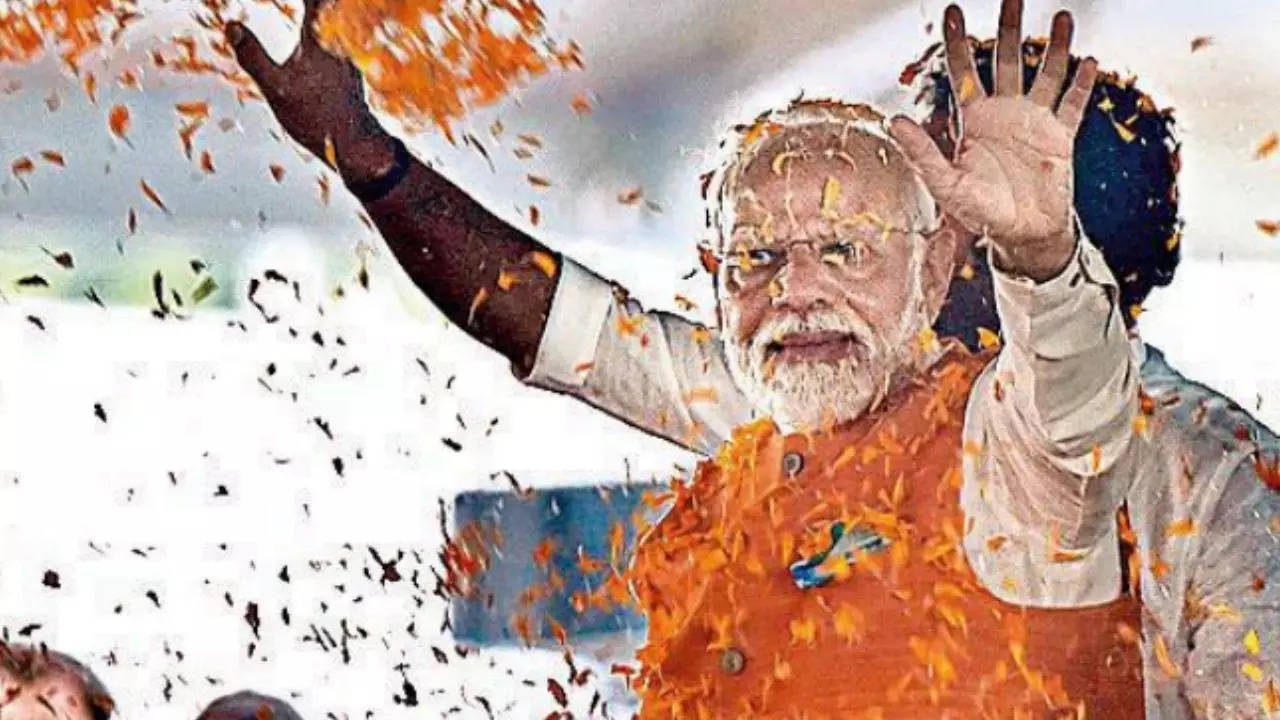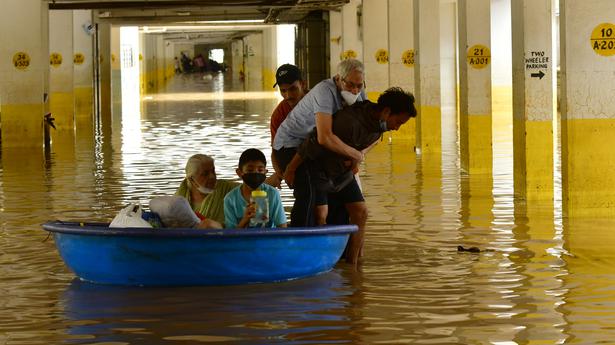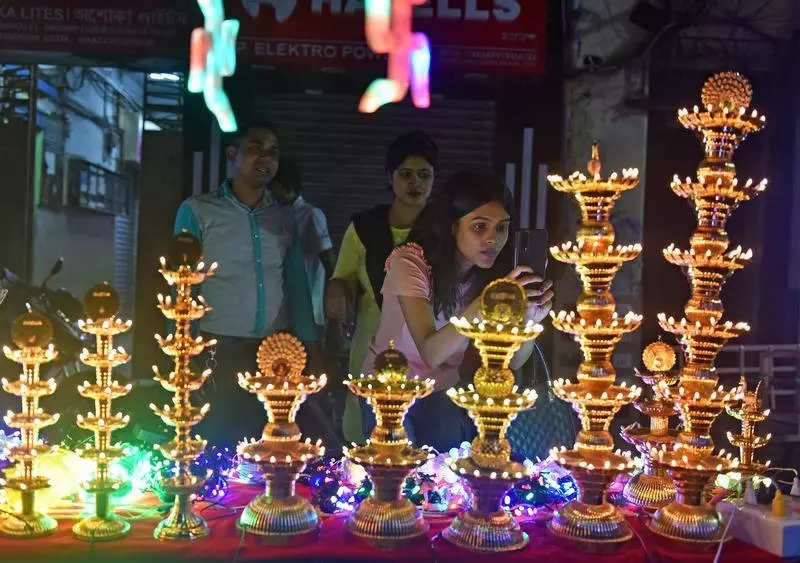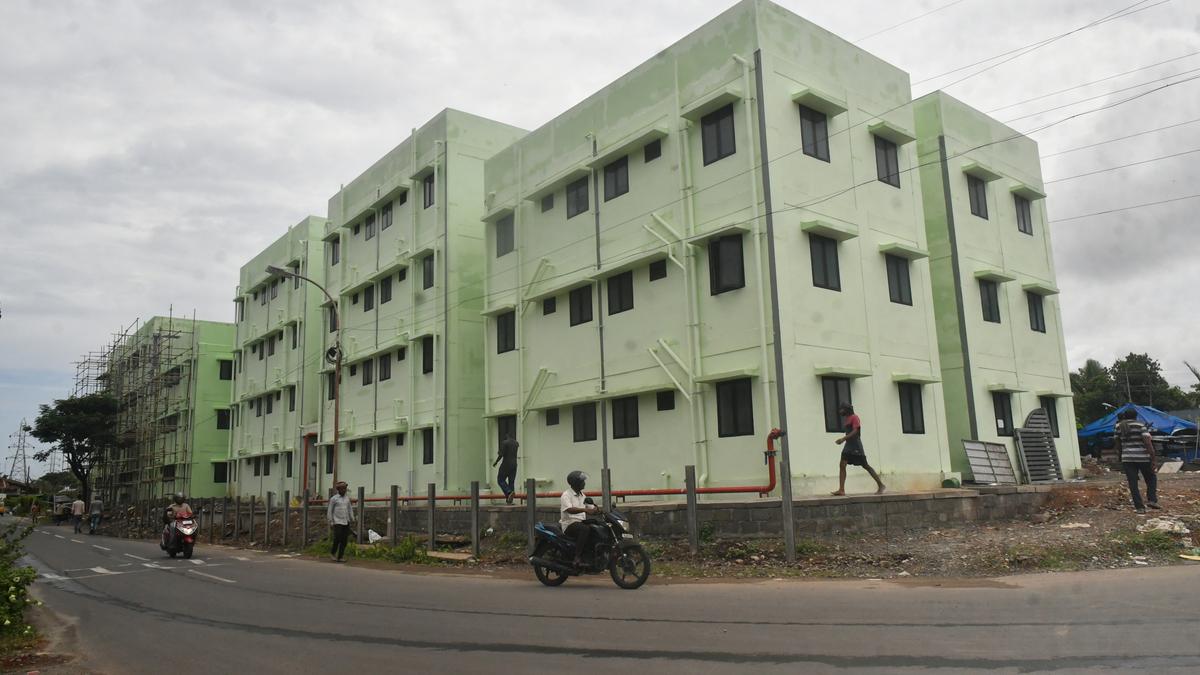Wriddhiman Saha’s axing: Logical decision, yet non-issue blown out of proportion
Wriddhiman Saha’s axing: Logical decision, yet non-issue blown out of proportion

Rohit Sharma was set to make his Test debut in place of the injured VVS Laxman in the 2010/11 Nagpur Test against South Africa. On the first morning of the Test match, Rohit picked up an injury while playing football during a practice session. There was no time for the team management to fly out another batter. Wriddhiman Saha, the reserve wicketkeeper of the squad, made his Test debut as a specialist batter.
By a bizarre coincidence, the first Indian Test squad after the unceremonious unofficial end of Saha’s illustrious Test career was also the first led by Rohit.
During his career, Saha was arguably the finest wicketkeeper in men’s Test cricket. To call him the greatest ever Indian wicketkeeper will not be an exaggeration. He could – he still can – conjure catches and stumpings out of nowhere. Over the years, examples of his glovework have become viral YouTube moments. He did find support in Virat Kohli who often preferred to have him ahead of superior batters.
Of course, Saha was not ordinary with the bat. As wicketkeeper, he scored 1,317 runs at 29.41, the sixth-most among Indian wicketkeepers. Of the five men who have more runs, only Farokh Engineer, MS Dhoni, and Rishabh Pant have better averages. Unfortunately, Saha’s career coincided with the last two. Of his 40 Tests, 29 came in the period between Dhoni’s retirement and Pant’s debut.
And yet, Saha’s Test career came to an abrupt halt.
The writing was probably on the wall after the Adelaide Test match of 2020/21. Saha kept wickets efficiently, but scored 9 and 4, and India lost the Test. When Kohli left for home, India replaced him with Ravindra Jadeja, a move that demanded a batting boost. Pant replaced Saha at Melbourne.
Saha demonstrated his class and kept wickets in the third innings at Sydney as substitute wicketkeeper for the injured Pant. Until that point, he was in contention. Then Pant turned the tide with two incredible fourth-innings performances, in Sydney (with a hand injury) and Brisbane, and followed with some outrageous batting against England at home.
As the debate between Saha, the better wicketkeeper, and Pant, the better batter, continued, even Pant’s staunchest critics had to admit to the fact that his glovework improved over 2021. Pant soon established himself as the main wicketkeeper of the squad. Saha filled in only when Pant was rested, against New Zealand at home.
By the time the South Africa tour of 2021/22 ended, there was little doubt over the roles of the two. Pant was the main wicketkeeper, while Saha would fill in when Pant was absent. Unfortunately, there were two problems with this otherwise common arrangement. First, Saha was prone to injuries. And secondly, he was thirty-seven.
India are supposed to play three Test matches over the next few months: two against Sri Lanka at home, and the other in the unfinished series in England. With Pant being a certainty in these matches, all India needed was a backup.
Saha had a stiff neck during the New Zealand series mentioned above. KS Bharat kept wickets instead. Bharat impressed with his tidy glovework, particularly to balls that kept low, and took an excellent catch off R Ashwin to dismiss Will Young. Bharat has not played Test cricket, but is nine years younger than Saha, does not have issues with injuries, and has scored over 4,000 runs and a triple hundred in first-class cricket.
India had three Test wicketkeepers at this stage. Pant, a once-in-a-generation batter whose glovework showed steady improvement, and the default choice. Saha, arguably the best wicketkeeper in the world, and the reserve option. And Bharat, impressive on either side of the stumps, but younger than Saha.
All three were outstanding, and yet, there was room for only two. Keeping the future in mind, India chose Bharat. Saha was dropped – not because he had done anything wrong but because the competition was too intense, and Saha, just like Ian Healy from over two decades ago, was ageing.
Indian coach Rahul Dravid had a word with Saha after the South Africa Tests: ‘The selectors and the team management have been wanting to look at a new face. Because you are not our first-choice wicketkeeper, because you haven’t been playing for a while, we want to use this time to groom a younger wicketkeeper … Don’t be shocked if you are not selected for the Sri Lanka Tests.’
Dravid had two options. He could have let Saha spend years in false hope. Instead, he chose to do the unwanted job of telling Saha on his face: ‘My conversation with him [Saha] actually came from … my respect for him. He deserved honesty and clarity. I didn’t want him to hear about it from the media.’
Dravid provided Saha the kind of clarity every professional expects and deserves across industries, for it enables them to persist with the same profession or switch careers.
And like a professional, Saha understood.
Before the long-awaited 2021/22 Ranji Trophy began, Chetan Sharma, chairman of selectors, called Saha. He conveyed the same message: ‘From now on, you will not be considered.’
Once again, Saha acknowledged.
Sharma was not referring to only the Sri Lanka series. Saha’s Test career was over, at least unofficially. Fitness or glovework were not the parameters they had in mind, confirmed Sharma.
Saha did not want to give up playing cricket yet, but opted out of the first round of the Ranji Trophy. He had been playing a Test match when his wife Romi had been down with dengue. He wanted to be with his family.
Unfortunately, sections of the Indian media blew it out of proportion, citing – without evidence – Saha’s Test snub as the reason. The Test squad had not even been announced at that point. Saha rubbished these claims later.
Saha was not the first to be dropped while still having some top-level cricket left in him. The harsh reality of professional sport prepares athletes and fans for abrupt ends. His axing, while saddening, need not have been treated as a surprise, or harsh treatment. This was not an incident that should have stirred controversy.
Unfortunately, not for the first time, the course of events took an unfortunate turn, particularly after Saha made the rude words by a ‘respected journalist’ public.
Abhishek Mukherjee is the Chief Editor at CricketNews and co-author of Sachin and Azhar at Cape Town.
Read all the Latest News, Trending News, Cricket News, Bollywood News, India News and Entertainment News here. Follow us on Facebook, Twitter and Instagram.



 Admin
Admin 








































